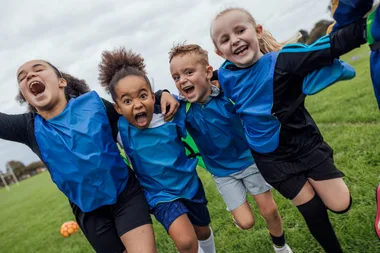“Private speech,” as psychologists call it, emerges almost as soon as kids learn to talk. Not long after, toddlers begin to chatter to themselves just before they fall asleep, animatedly describing things that happened during their day and re-enacting conversations. This form of private speech – also called “crib speech” – typically occurs between 18 and 24 months and serves two purposes: It helps kids practice language skills and allows them to reflect on daytime experiences. (It also entertains their eavesdropping parents!)
At 2 or 3, kids start using private speech to help themselves control their impulses. Tempted by something forbidden, many toddlers and preschoolers will verbalize the warnings they’ve heard from their parents. A 2-year-old, for example, might make a beeline for an unprotected electrical outlet – then freeze and say to himself, “No touching! No touching!”
“A lot of parents think that it’s socially unacceptable or weird if a child talks to himself,” says Laura Berk, professor of psychology at Illinois State University, and author of Awakening Children’s Minds.
“But in fact it’s normal and typical, and we find that children who engage in task-relevant private speech generally perform better over time.”
Self-chat really heats up when kids are dropped into a challenging new situation, such as when they enter preschool. Classrooms are often abuzz with kids talking to themselves as they work through new puzzles or remind themselves of new rules.
In the early elementary school years, kids begin to transition to self-talk that’s mostly silent, but audible private speech never really disappears. It continues to pop up when children (and adults) face difficult tasks or stressful circumstances – just try finding your lost keys without talking yourself through it…










